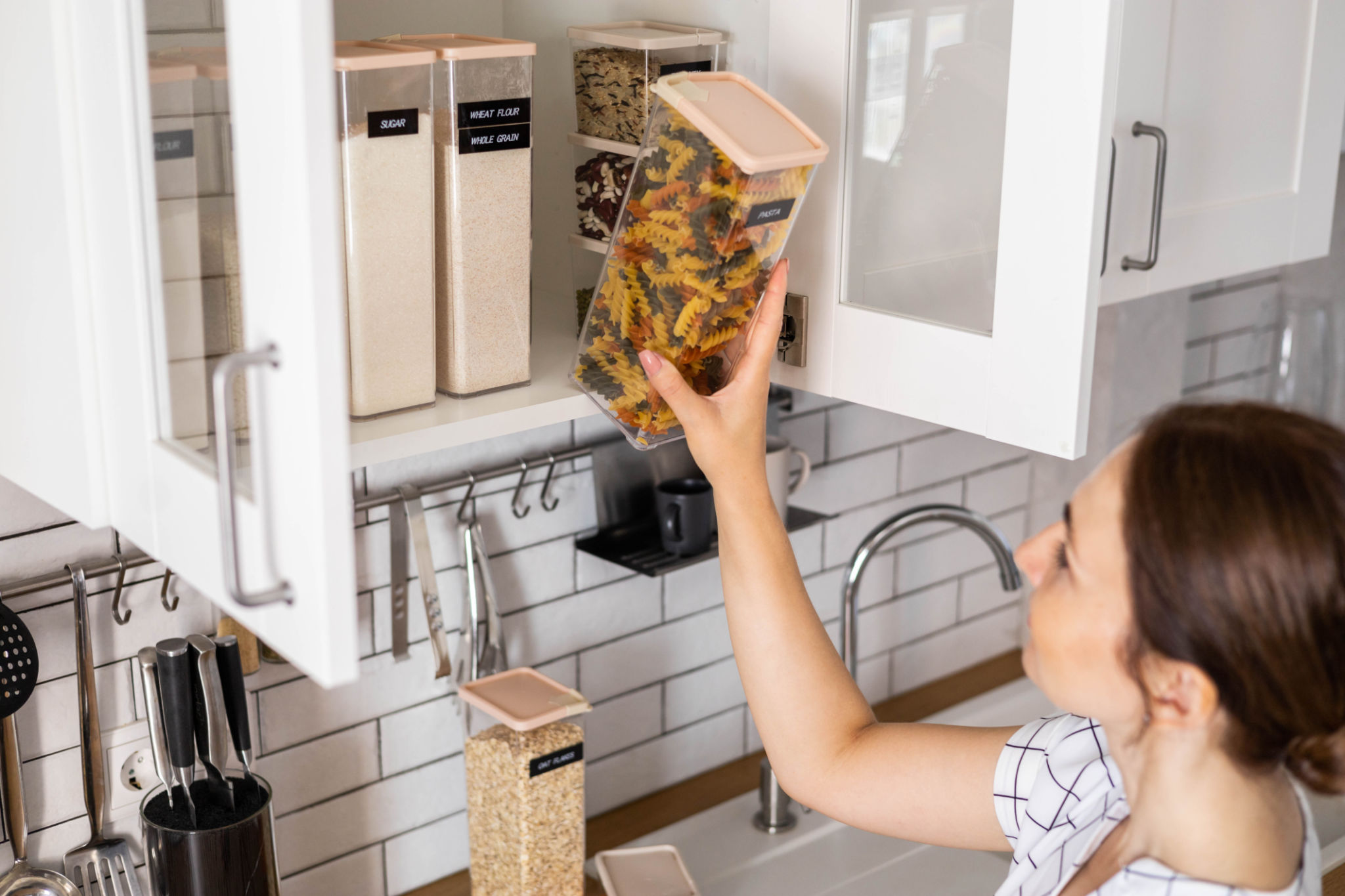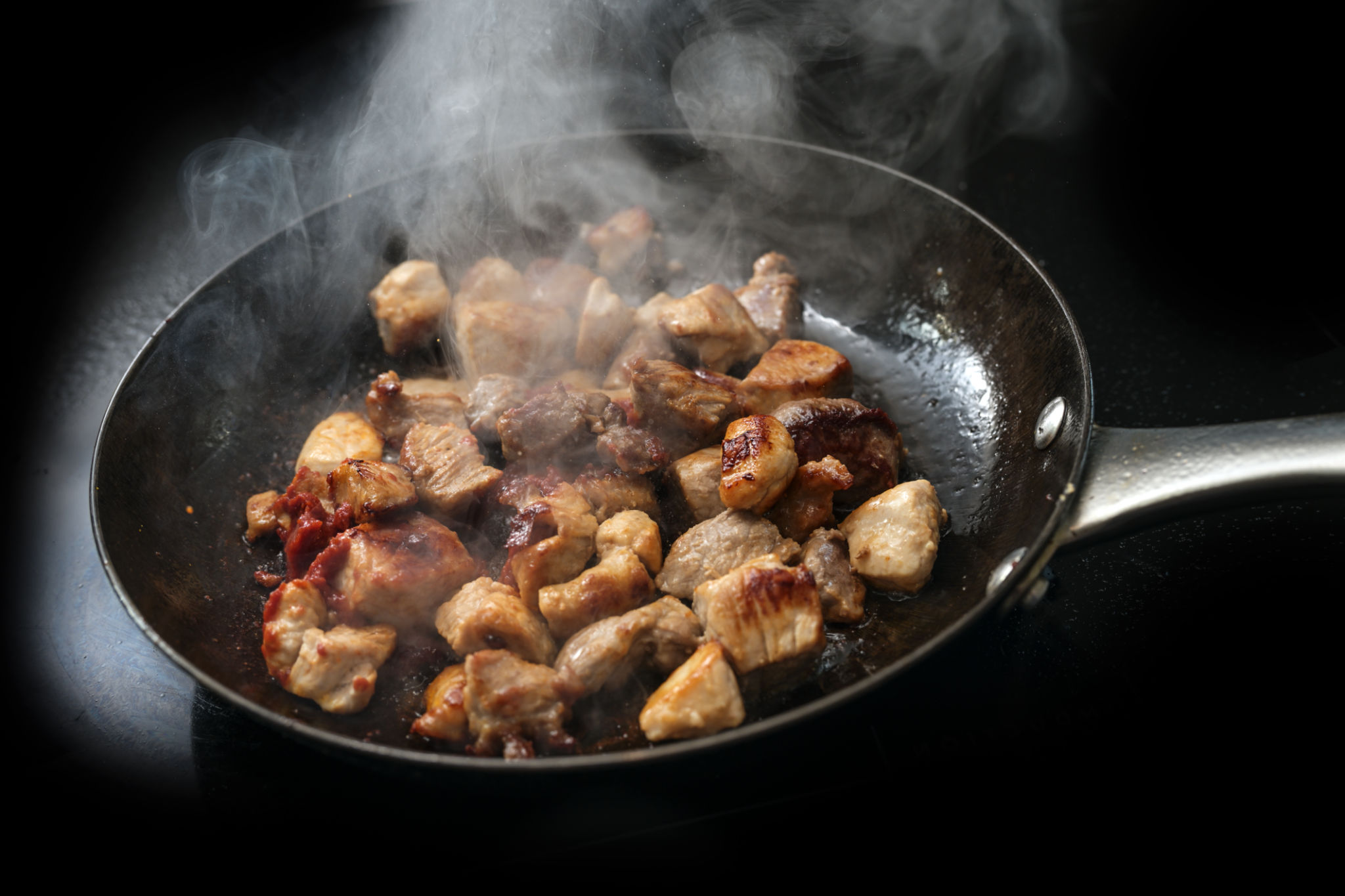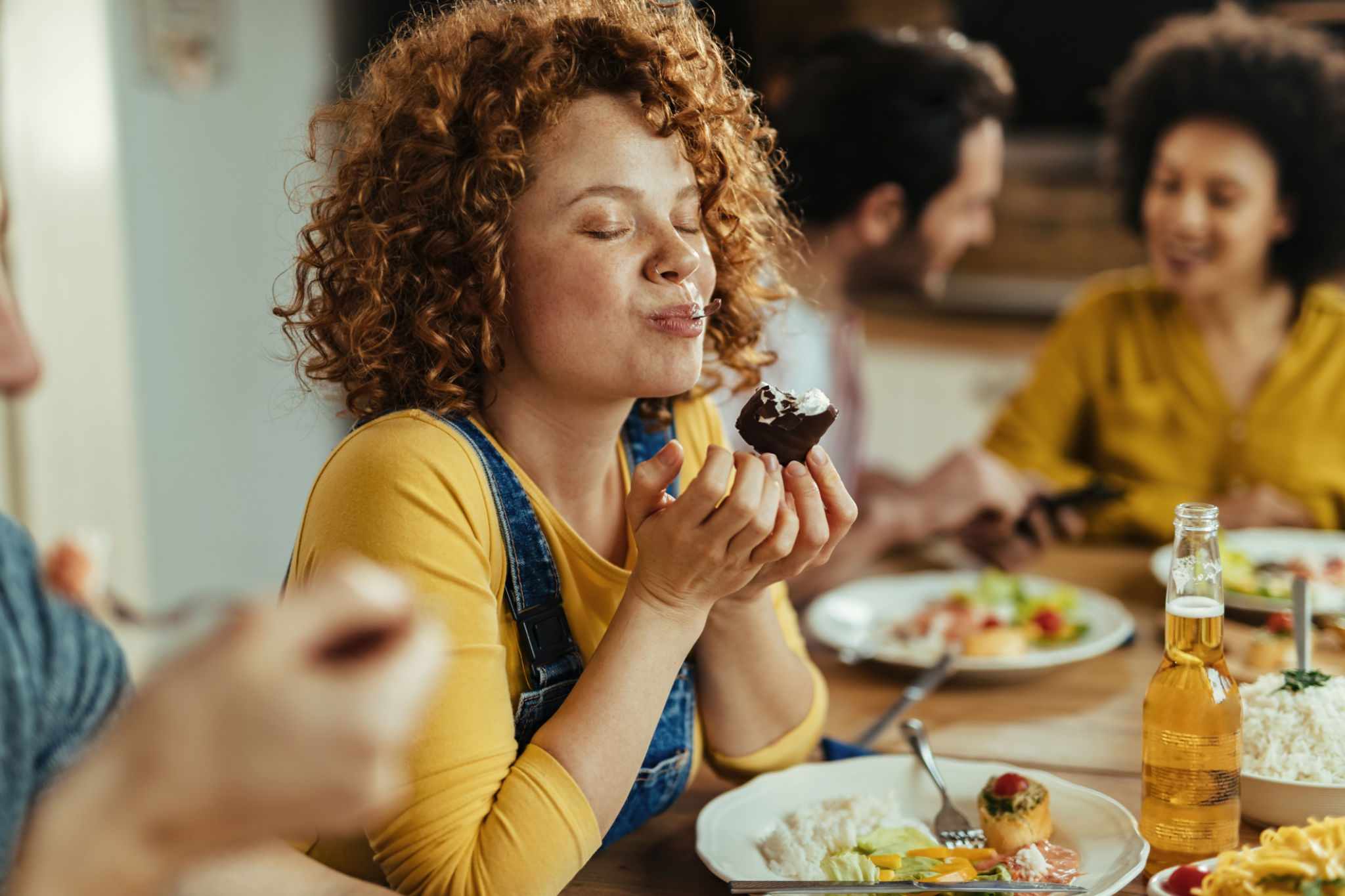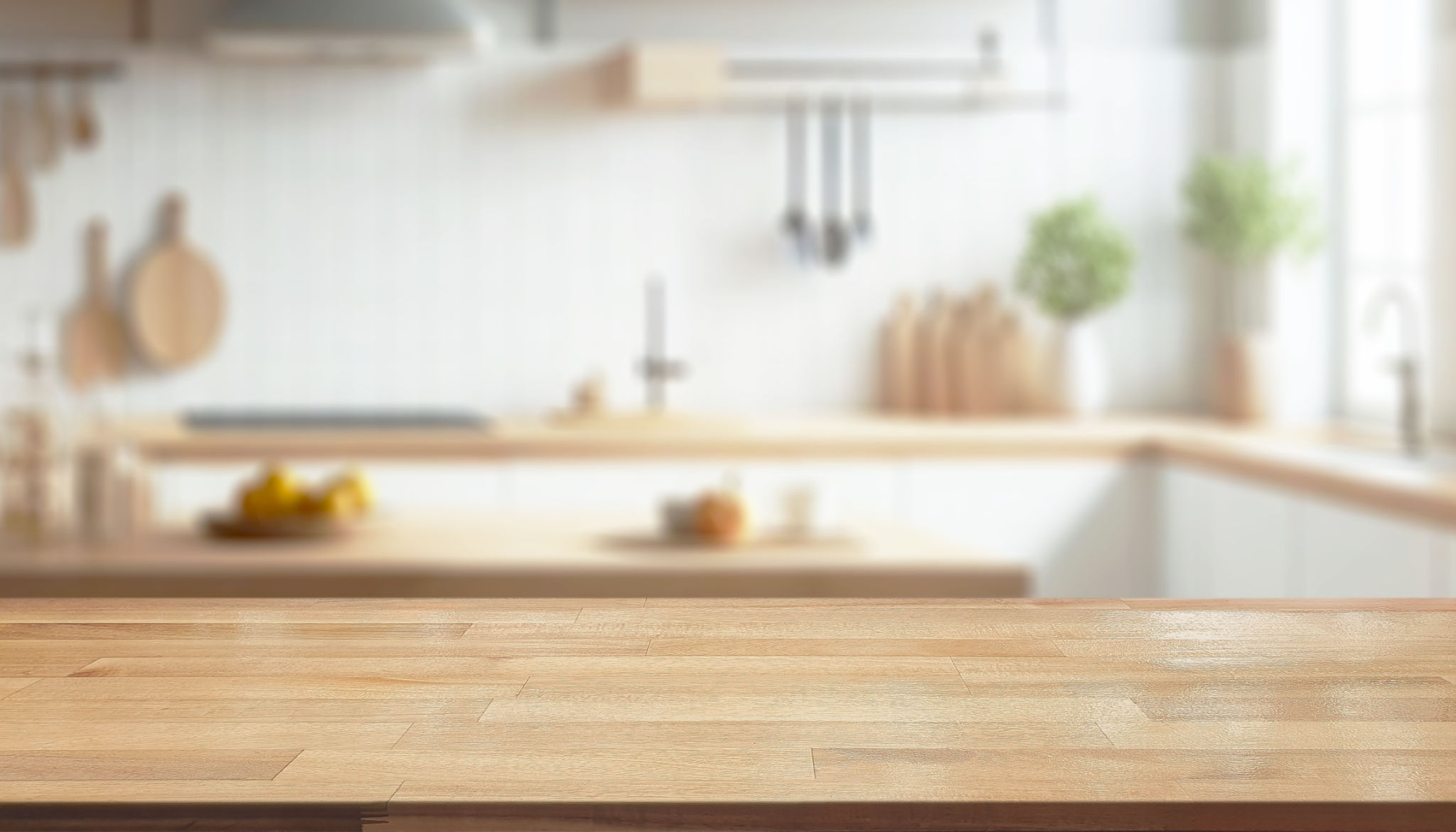Exploring Classic Cooking Tips: Timeless Techniques for Modern Kitchens
The Art of Mise en Place
One of the most timeless techniques in the culinary world is mise en place, a French term meaning "everything in its place." This technique involves preparing and arranging all ingredients and tools before starting to cook, ensuring a seamless and stress-free cooking experience. By organizing your kitchen space and having everything ready at hand, you can focus on the cooking process without unnecessary interruptions. This approach not only enhances efficiency but also improves the overall quality of your dishes.

Mastering Knife Skills
A sharp knife and good knife skills are essential in the kitchen, transcending generations of cooks. Learning the proper way to hold and maneuver a knife can significantly impact the speed and safety of your food preparation. Practicing basic cuts like the julienne, dice, and chiffonade can take your culinary creations to the next level. Remember, a well-honed knife is safer and more effective than a dull one.
Here are some tips to improve your knife skills:
- Grip: Hold the knife with your thumb and forefinger gripping the blade for better control.
- Chop: Use a rocking motion rather than lifting the knife completely from the board.
- Safety: Always cut away from your body and keep fingers tucked in.
The Secret of Searing
Searing is a classic technique that adds depth and flavor to meats and vegetables. The secret lies in applying high heat to create a rich, caramelized crust while keeping the inside tender. For successful searing, ensure your pan is hot enough by letting it heat up before adding oil. Avoid overcrowding the pan to maintain the temperature and allow for proper browning.

Slow Cooking for Flavor
The method of slow cooking has been cherished for its ability to infuse dishes with rich flavors over time. Whether using a slow cooker or a traditional oven, this technique allows tough cuts of meat to become tender and flavorful as they cook at low temperatures for extended periods. Slow cooking is perfect for preparing stews, soups, and braised dishes that warm both body and soul.
Consider these benefits of slow cooking:
- Convenience: Set it and forget it – perfect for busy days.
- Flavor: Enhances the taste by allowing spices and herbs to blend thoroughly.
- Tenderness: Breaks down tough fibers for melt-in-your-mouth texture.
The Importance of Tasting as You Cook
Tasting your food as you cook is a fundamental practice that helps in adjusting flavors and ensuring balance. It allows you to correct seasoning or add ingredients gradually until you achieve the desired taste. This proactive approach prevents culinary mishaps and enhances your confidence in creating well-seasoned dishes.

Embracing Versatility with Basic Sauces
Sauces are an indispensable part of classic cooking, capable of elevating any dish from ordinary to extraordinary. Mastering basic sauces like béchamel, velouté, or a simple vinaigrette can open up a world of culinary possibilities. These foundational sauces can be customized with herbs, spices, and other ingredients to complement various cuisines.
Here are some essential sauces every cook should know:
- Béchamel: A creamy white sauce perfect for gratins and pastas.
- Velouté: A light stock-based sauce often used with poultry or seafood.
- Vinaigrette: A simple mix of oil and vinegar ideal for salads.
The Timeless Charm of Cooking Techniques
Incorporating these classic cooking tips into your modern kitchen not only honors culinary traditions but also enhances your skills. By mastering these timeless techniques, you can create dishes that are both delicious and impressive, bringing joy to every meal you prepare. Whether you're a seasoned chef or a home cook, these tried-and-true methods will never go out of style.
